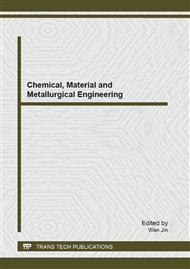p.539
p.543
p.551
p.557
p.564
p.570
p.575
p.581
p.588
Type-2 Fuzzy C-Means Algorithm with Spatial Informations and Membership Constrains for Liver Segmentation
Abstract:
The Fuzzy C-Means algorithm with spatial informations and membership constrains is a very effective and efficient image segmentation method. However£¬it is founded with Type-1 fuzzy sets, which can not handle the uncertainties existing in liver image well.The type-2 fuzzy sets have better performance on handling uncertainties than Type-1 fuzzy set. In this paper, a new robust Type-2 FCM image segmentation algorithm is proposed aiming to improve the segmentation precision and robustness of liver image by introducing the type-2 fuzzy set into FCM with spatial information and membership constrains. We extend the type-1 fuzzy set of membership to interval type-2 fuzzy set using two fuzzifiers and which create a footprint of uncertainty (FOU). The experimental results show that the target area of the liver in CT images can be segmented well by the proposed method.
Info:
Periodical:
Pages:
570-574
Citation:
Online since:
August 2013
Authors:
Keywords:
Price:
Сopyright:
© 2013 Trans Tech Publications Ltd. All Rights Reserved
Share:
Citation:


